The ultimate guide to cannabis edibles
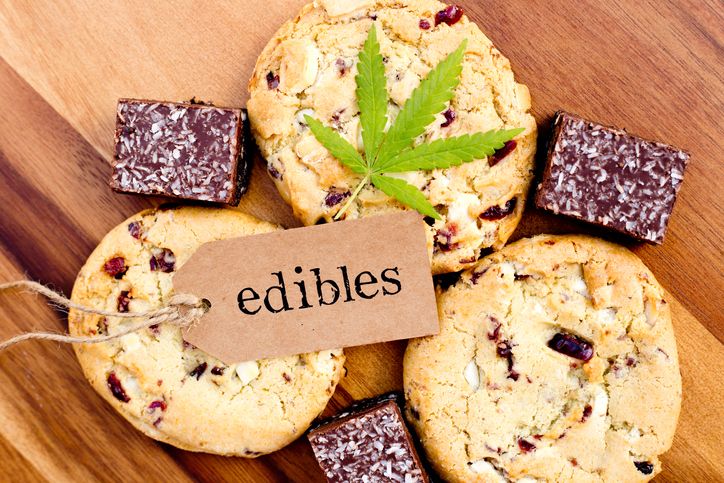
Now that weed is legal in Canada; consumers now have access to safe and regulated cannabis products. This is an exciting time for many, who are celebrating the official release from a criminal label. The trouble is that knowledge on some of the most popular THC goods on the market is severely lacking and has led to inexperienced consumers experimenting with these infused products. Many of which end up being disappointed as they truly don’t understand how they work.
Though most enthusiasts might assume that they have a solid understanding of cannabis, without prior experience, they might be surprised to find out how different the effects, uses and dosing can be from one to the next. Edibles are one of the most sensationalized marijuana products in the media. Reason being, they are often infused with high doses of cannabinoids, which can be a shock to even the most experienced pot smoker’s system. Here, we will cover everything that you need to know about edibles, including some essential tips and tricks to ensure a safe and enjoyable experience.
What are edibles?
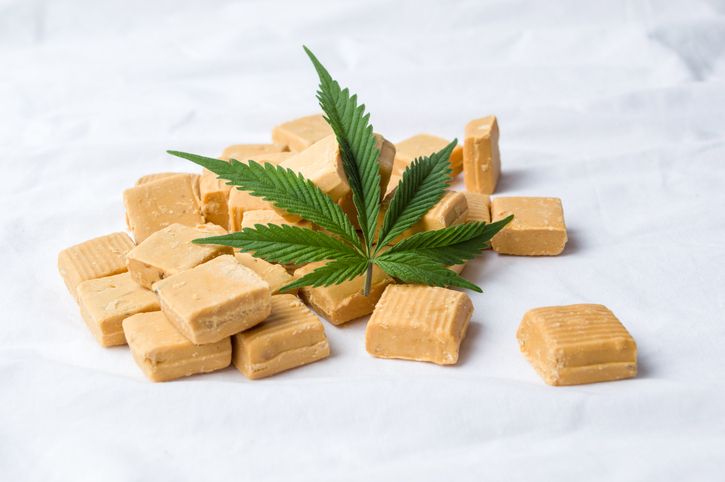
Edibles are any food or beverage where cannabis has been infused. Cannabis-infused edibles are made using ingredients that have been extracted from cured marijuana plant materials such as bud, leaf trimming or kief. These treats will contain activated THC and can produce similar euphoric effects to smoking bud flowers. Edibles are most often found in a sugar-filled dessert that is easy to divide and to portion for even dosing like brownies or suckers. However, almost any recipe that you can think of, including the most elegant three-course dishes, could be infused with cannabis with the right ingredients and tools on hand.
Types of edibles
Marijuana edibles are an incredible product that can take many different shapes and forms, but these are a few of the most popular kinds of edibles that on the market today. It is important to note that while browsing, edibles are typically labeled as THC or CBD, but cannabis infused products are often high in THC. This is mainly due to the fact that most CBD goods are derived from hemp plants that are able to produce the element in more significant concentrations.
- THC crystals
- Cannabutter
- Cannabis oil (cooking)
- Pre-packaged treats
- Mouth spray
- Beverages
- Alcohol
- Gum
What are marijuana edibles used for?
The answer to this will depend entirely on the consumer in question. Some people use edibles that are infused with THC for recreational purposes, while others consider them to be a healthier alternative to smoking. Especially those who are using cannabinoids to treat chronic medical conditions. CBD, on the other hand, is almost always used for its health benefits, as it does not produce the same psychoactive characteristics in humans.
The effects and benefits of THC infused edibles
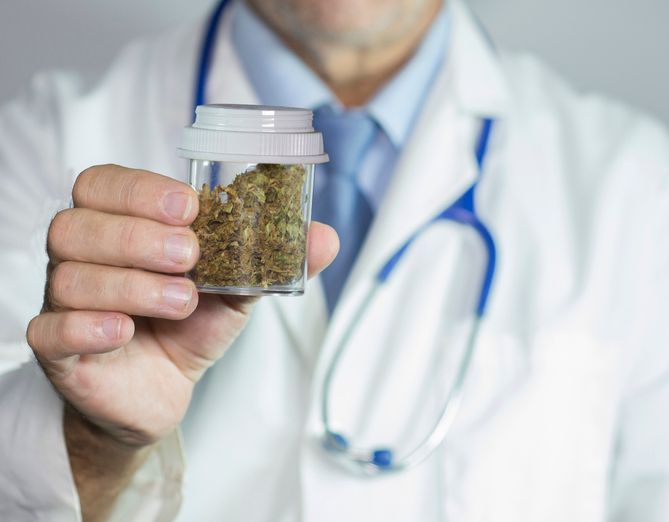
Tetrahydrocannabinol (THC) is one of the hundreds of different cannabinoids that are produced by the cannabis plants. It is also what is called a primary active element, as it can provide the relaxing and euphoric sensations that are often expected from marijuana products. This element might make you feel giddy, relaxed, sedated, sleepy, invigorated, uplifted or energetic.
There is not yet a complete understanding of why, but each cannabis strain appears to have its own unique profile, which can impact one consumer entirely different from the next. This makes it incredibly difficult to predict how an edible might make you feel, without prior experience with the strain. THC is known to be helpful for treating many different medical symptoms and conditions such as those that are included below:
- Arthritis
- Anxiety
- Epilepsy
- Cancer
- Depression
- Pain
- Headaches
- Muscle stiffness
- Multiple Sclerosis
- Nausea
- Insomnia
- Lack of appetite
The effects and benefits of CBD infused edibles
Though there is now reason to believe that cannabidiol (CBD) can work in conjunction with THC to provide a more intense psychoactive high, it is mainly utilized as a therapeutic agent in preventing or treating common medical conditions and issues. There are typically no immediately felt effects, as the benefits of CBD are more long term. However, below, you will find a list of some of the most common uses for this type of infused edible.
- Parkinson’s disease
- Anti-Inflammatory
- Stress
- Anxiety
- Pain
- PTSD
- Insomnia
- Anti-seizure
- Alzheimer
- Multiple Sclerosis
- Stroke complications
- Spinal cord injuries
- Skin conditions (dermatitis, acne, etc.)
- Anti-cancer
How long do edibles take to wear off?
Every person may absorb the cannabinoids from edibles at a slightly different pace. So, while one person may immediately feel the effects, the next might not notice anything until a couple of hours later. However, when THC or CBD are absorbed through the stomach rather than the lungs, the process takes much longer than smoking. The general rule of thumb to remember is that the effects may take up to two full hours to kick in, and the results can last for up to twelve hours afterwards.
This is the reason why edibles are often the cause of sensationalized news stories, as the cannabinoids in these products are highly concentrated and take much longer to wear off than other methods of ingestion. The benefit to this is that under the proper guidance, a consumer can achieve the ultimate consistent delivery of cannabinoids, which is particularly helpful for both medical patients and experienced recreational consumers with a high tolerance.
The side effects of edibles
CBD edibles at their worst might lead to an upset stomach, cramps or a bit of nausea, same with any new supplement. However, it is THC edibles that are the most likely to adversely affect a consumer. Especially one that has consumed more than their body is used to, as any negative sensations can go on for hours once they start. Below is a list of the most commonly experienced adverse effects from cannabis infused edibles:
· Nausea
· Vomiting
· Diarrhea
· Dizziness
· Anxiety
· Paranoia
· Dry mouth
· Increased heart rate
· Impaired motor function
· Delayed reaction time
How to dose with edibles
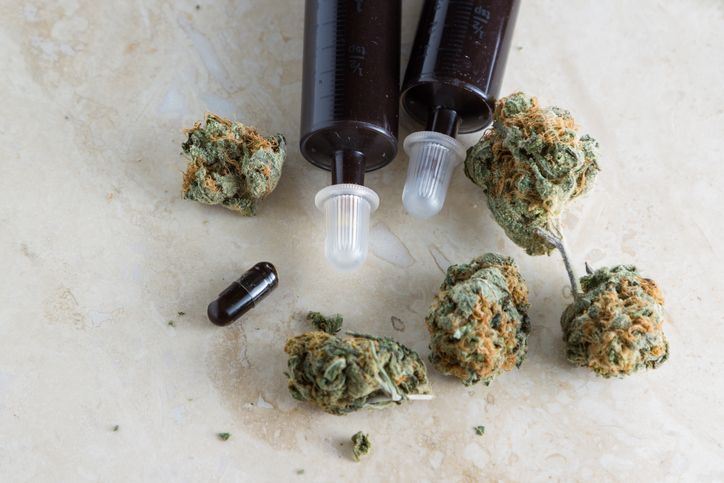
Dosing with cannabis edibles is nowhere near an exact science, as each strain and every single person adds an entirely new set of differentials to go by. The most significant thing that appears to influence the outcome of ingesting edibles is the tolerance level of the consumer. From there, the goal is generally to aim for a specific level of intoxication. Here, you will find a guide to the recommended dosing along with ranges to achieve a desirable effect.
Edibles dosing ranges based on tolerance
These are considered to be safe ranges for consumers to indulge in based on their tolerance level:
Consumers with little to no tolerance: 1.5mg-5mg
Ingesting cannabis 2-3 times per week: 2mg-12mg
Those who have experience with edibles and have a medium tolerance: 10mg-30mg
High tolerance and experience with edibles: 30mg-60mg
Extremely high tolerance: 60mg-100mg
Edibles dosing effects guide
Looking for the ultimate control over how high you feel? If so, then this handy guide to recommended dosing based on desired effects might be just what you need.
-
Mild effects
Minimal tolerance: 2mg-4mg
Some tolerance: 3mg-8mg
High tolerance: 4mg- -
Medium effects
Minimal tolerance: 5mg-8mg
Some tolerance: 4mg-12mg
High tolerance: 6mg-15mg -
Intense effects
Minimal tolerance: 3mg-15mg
Some tolerance: 10mg-20mg
High tolerance: 15mg-30mg
How to come down from eating too many edibles
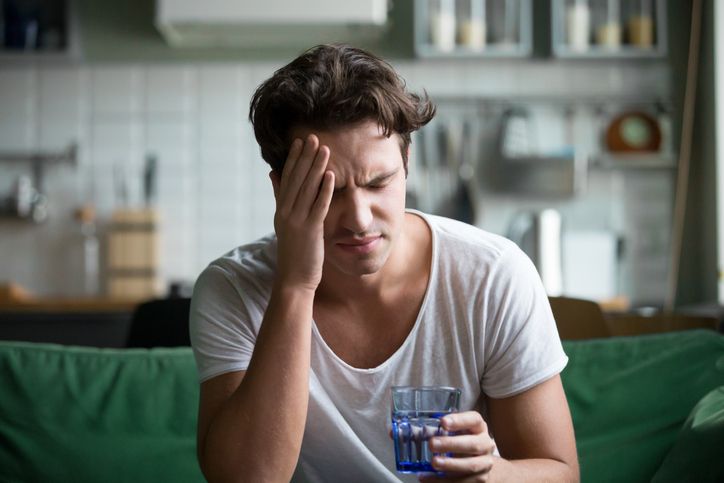
If you are an experienced marijuana product consumer, then chances are you already know what it is like to ingest a little bit too much. Though not everyone experiences uncomfortable side effects, new users are particularly vulnerable to this possibility. Whether you or a friend is suddenly feeling paranoid, anxious or otherwise unwell, you are probably searching for a cure-all solution to immediately remedy the problem. Unfortunately, there is absolutely no way to force cannabinoids through your system, but there are some helpful techniques that can be used to manage these uncomfortable situations as you wait for nature to take its course.
- Drink plenty of water
- Eat a high protein meal
- Lay down
- Turn off the lights
- Get away from noise and any other stimulating environmental factors
- Sleep
Tips and tricks for using edibles
- Start with a low dose.
- Do not eat more edibles until at least two hours have passed since the first.
- Increases doses by a maximum of 10mg per sitting.
- Do not expect the effects to be the same each time.
- Don’t consume edibles alone whenever possible.

